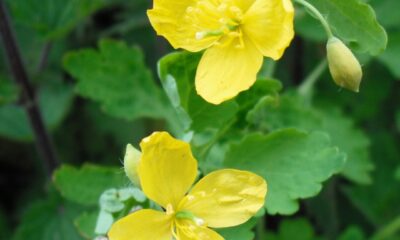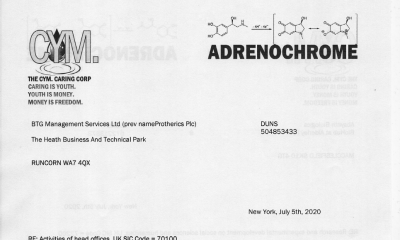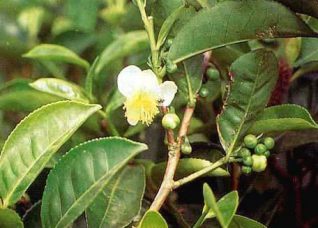Alternative Health
Bioactive Compounds, Pharmacological Actions, and Pharmacokinetics of Wormwood (Artemisia absinthium)

Alternative Health
YOUR OWN PERFECT MEDICINE by Martha M. Christy
Alternative Health
The DMSO Handbook for Doctors
Alternative Health
Water Crystallography – Sailboat
-

 Alternative Health2 years ago
Alternative Health2 years agoMilky Sap of Greater Celandine (Chelidonium majus L.) and Anti-Viral Properties
-

 Life Force Network2 years ago
Life Force Network2 years agoAdrenochrome CYM Caring Group
-
Life Force Network2 years ago
💥QUAKES 03.04.22 -CLEANOUT UNDERGROUND ARMENIA 🇦🇲, GEORGIA VIA TURKEY —>> Greece
-

 Alternative Health1 year ago
Alternative Health1 year agoIvermectin – Niacin Research
-

 Life Force Network2 years ago
Life Force Network2 years agoCorruption: Trafficking Routes:
-

 Alternative Health2 years ago
Alternative Health2 years agoAnti-Inflammatory and Antioxidant Properties of the Extract, Tiliroside, and Patuletin 3-O-β-D-Glucopyranoside from Pfaffia townsendii (Amaranthaceae)
-
Vax Facts2 years ago
Jacob Rothschild: COVID is obedience training
-

 Military2 years ago
Military2 years agoJFK Exposes Ruthless Conspiracy The President & The Press Speech


















